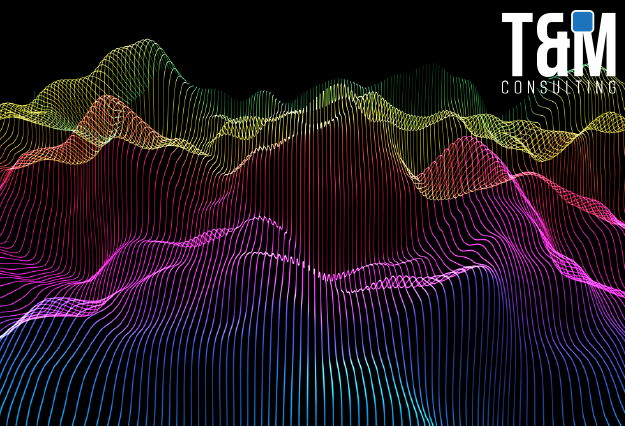Technology
Trapping light waves in 3D is possible thanks to a breakthrough discovery

Anderson localization is a physical concept which describes how the conductivity of a material is affected by the number of random imperfections or defects in it. Proposed in 1958 by Philip Anderson, it has been an enigma in physics for decades since no such feat had been achieved.
Today, thanks to a team led by Prof. Hui Cao, they have finally demonstrated that three-dimensional (3D) localization of electromagnetic waves is possible.
The researchers used software developed by Flexcompute, a company known for its Tidy3D software that accelerates numerical solutions. It allowed them to simulate various random configurations, system sizes and different structural parameters.
The results were satisfactory, in addition to showing that Anderson localization cannot occur in dielectric materials such as glass or silicon, which explains the failure in previous attempts to demonstrate this phenomenon.
The most significant finding of the study was to demonstrate that metallic spheres do work and generate localization, even though the light-absorbing properties of metals, the researchers were able to demonstrate Anderson localization. They observed this phenomenon even considering the inherent light absorption of common metals such as aluminum, silver, and copper.
Prof. Hui Cao's team opens a new field of research in the areas of lasers, photocatalysts and Anderson localization, thanks to this discovery.
Making light "trappable" in these three-dimensional materials could change the way we see and use light in many aspects of technology. Even as this research demonstrates that Anderson localization is a robust phenomenon, capable of overcoming the challenges posed by light absorption, leaving behind doubts about the existence of Anderson localization in three dimensions, opening the way to a bright future of new possibilities.
More information at https://www.nature.com/articles/s41567-023-02091-7
25 de Julio, 2023





